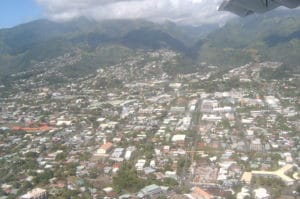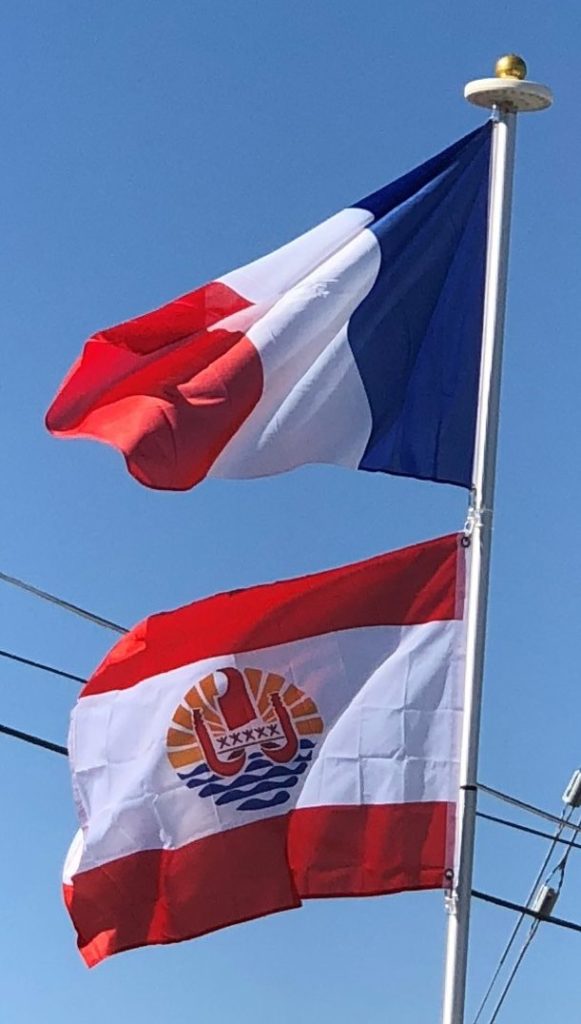Today we continue along the theme of the constituents of Overseas France with the introduction of French Polynesia and its recently adopted flag.

The islands of the political entity known as French Polynesia were among some of the last places on Earth to be settled. The first islands of French Polynesia to be settled were the Marquesas Islands in about 200 BCE. The Polynesians later ventured southwest and discovered the Society Islands around 300CE. The islands of French Polynesia are many in number, 118 in total, spread over a 1,200 square mile expanse in the south Pacific Ocean.
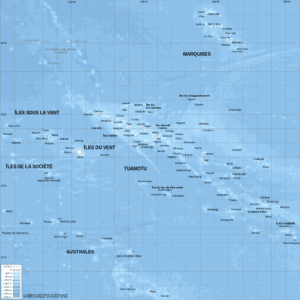
The total land area is surprisingly large for an island group at 1,609 square miles. This expanse makes French Polynesia easily one of the largest, if not the largest, component of Overseas France.
The first European to “discover” the islands that would become French Polynesia was Ferdinand Magellan

who sighted Puka-Puka
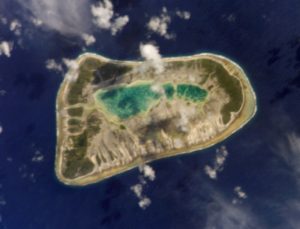
in the Tuāmotu-Gambier Archipelago
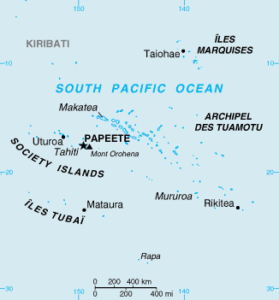
in 1521. Almost a century later, in 1606 another Spanish expedition under Pedro Fernandes de Queirós

sailed through Polynesia sighting an inhabited island probably the island of Rekareka.
Contact would be delayed for about another century before the British explorer Samuel Wallis visited Tahiti in 1767. More frequent contacts would follow with the French explorer Louis Antoine de Bougainville visiting Tahiti in 1768 and the hugely famous British explorer James Cook arrived in 1769.
In 1772, the Spanish Viceroy of Peru Don Manuel de Amat ordered a number of expeditions to Tahiti under the command of Domingo de Bonechea who was the first European to explore all of the main islands beyond Tahiti. These expeditions resulted in a short-lived Spanish settlement in 1774. Bora Bora was discovered by Dutchman Jakob Roggeveen also came across it in 1772.
Christian missions began with Spanish priests who stayed in Tahiti for a year. Protestants from the London Missionary Society settled permanently in Polynesia in 1797. These missionaries would change the nature and culture of the islands, for better or for worse, for all time.
Of course, these islands were not un-populated or ungoverned at the time of their discovery by Europeans, but Europeans at that time did not consider these cultures and kingdoms to be “civilized” so deposing rulers and imposing European rule was the normal order of the day. The missionary influence helped immensely in assuring European control of the islands.
King Pōmare II of Tahiti was forced to flee to Mo’orea
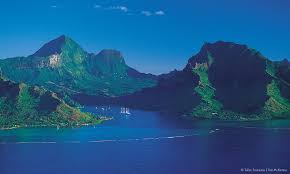
in 1803; he and his subjects were converted to Protestantism in 1812. French Catholic missionaries arrived on Tahiti in 1834; their expulsion in 1836 caused France to send a gunboat in 1838. In 1842, Tahiti and Tahuata were declared a French protectorate, to allow Catholic missionaries to work undisturbed. The capital of Papeetē
